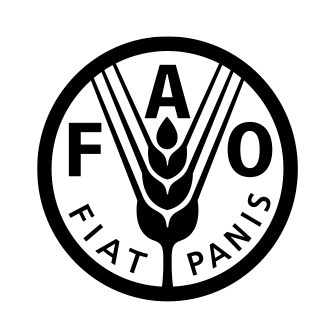Urban Forestry and Urban Greening in Drylands

Food and Agricultural Organisation has released a report “Urban Forestry and Urban Greening in Drylands”. The report focuses on improving the resilience, health, and well-being of urban communities. This report also acts as a background document for Green Urban Oases Programme.
What is the objective of Urban Forestry and Urban Greening in Drylands report?
- It is intended to provide policy advisors, urban-decision makers, municipal staff, city planners, and other stakeholders with technical and scientific evidence of how trees and forests can contribute to increased resilience of urban communities in drylands.
What are the key highlights of the report?
- Drylands are home to about 2 billion people of which 90% are from developing countries.
- But, they host just 1% of built-up land as per FAO 2019 report.
- Nearly 35% of the world’s big cities including megacities like Cairo, Mexico City, and New Delhi are built in drylands areas. They are facing severe social, economical, and environmental repercussions of rapid urbanization on drylands.
- Rapid urbanization leads to overexploitation of limited resources, increased land degradation, and greater fragility of urban communities.
- Urban forestry and urban greening provide a valuable opportunity for ensuring more sustainable development of dryland cities.
What are the key recommendations in the report?
- At landscape level
- Plan and maintain green space in city areas,
- Select plants and trees which are suited to the local environment.
- At Community Level
- Increase community participation to boost a sense of ownership,
- Environmental education, public awareness campaign and capacity development program.
- At Governance level
- Incorporate urban forestry and greening strategies into urban development in dryland cities,
- Formulate policies to regulate and incentivize the planting of more trees
What is Green Urban Oases Programme?
- Launched in 2020 by FAO.
- The objective of this programme is to transform drylands cities into Green Urban Oases by strengthening their resilience to climate, food, health, and economic crisis for the well-being of the urban communities.
- It supports urban communities in drylands to develop their policy and technical capacities to plan and implement integrated urban forestry and greening strategy.
- It promotes multi-stakeholder engagements in the development of urban and territorial policies, governance, and planning.
What is drylands?
- They are zones where precipitation is balanced by evaporation and transpiration.
- UNEP defines drylands as regions whose aridity index is not more than 0.65.
- It makes up 41.3% of Earth’s land surface.
- They can be classified into four subtypes:
- Dry sub-humid lands,
- Demi arid lands,
- Arid lands,
- Hyper-arid lands.



No Comment! Be the first one.